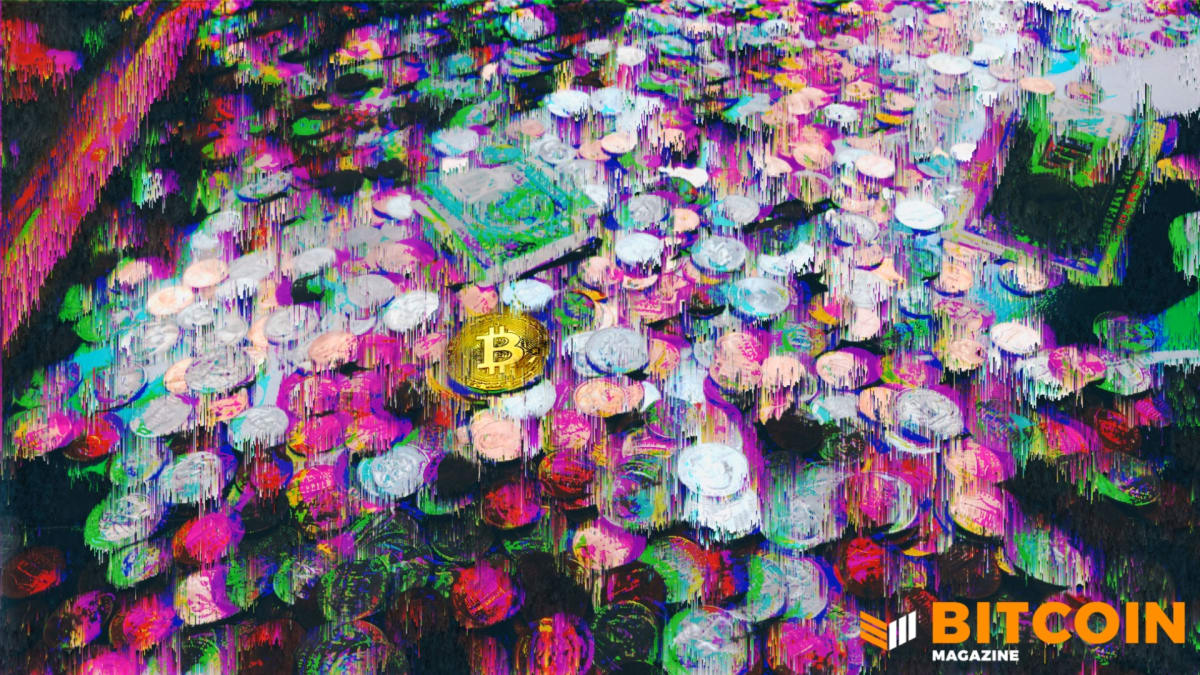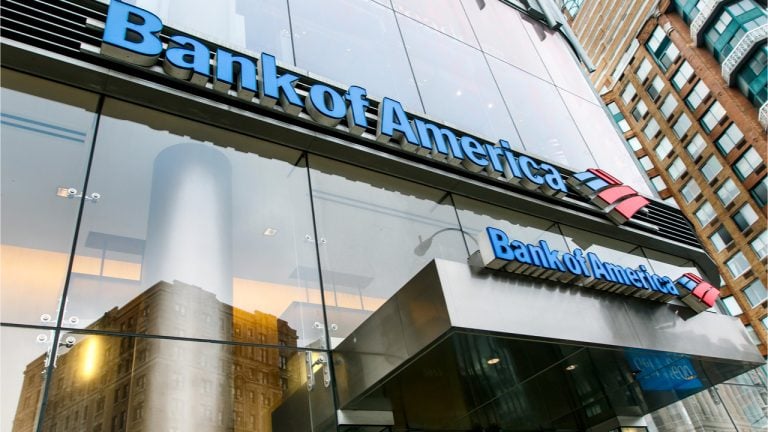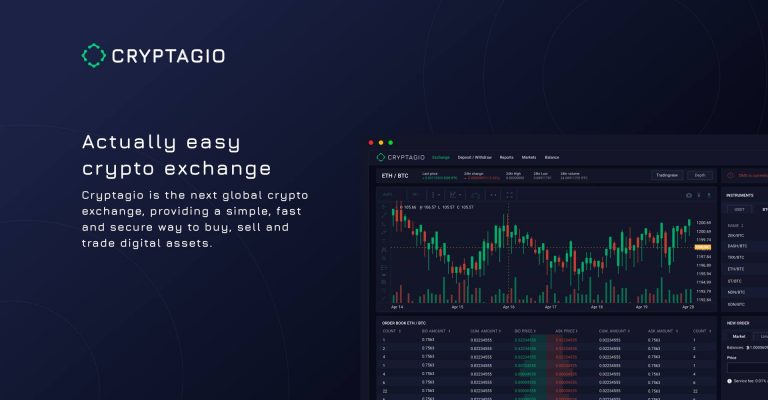2019-1-5 17:10 |
Disruption of the global monetary order
Trust in currencies is vital for the global economy to function. In the past, when metal money was prevalent, people exchanged gold and silver coins because they were inherently valuable. By contrast, today’s paper money is given worth by decree of the state. A major turning point in the world’s monetary order came in 1971, when the collapse of the Bretton Woods system ended convertibility between the US dollar and gold, depriving gold of its status as a currency. The Bretton Woods system was replaced by fiat money, which was declared legal tender and backed by the faith and credit of the issuing government.
Today, fiat money still plays a vital role in the global economy, but its flaws have been laid bare for all to see. Most salient of all is the problem of overissuance. Many economists believe that excessive issuance of dollars laid the groundwork for the US subprime bubble, which culminated in the 2008 financial crisis. Printing money causes currency depreciation and drives up inflation, prompting economic weakness, or even a full-blown monetary crisis. One only needs to look at crisis-hit countries such as Zimbabwe, Venezuela, or Argentina to appreciate the very real consequences of monetary mismanagement.
In today’s world, many currencies are dependent on the US dollar, which acts as the global reserve currency. Excessive issuance of dollars boosts liquidity in emerging markets, triggering currency depreciation, or even economic collapse. In August 2018, 20 out of 24 emerging-market currencies tracked by Bloomberg lost value, while the JPMorgan EM Currency Index fell by 1 percent to historical lows.
It should be noted that the risk of economic disaster is not limited to emerging markets. Some developed countries also look vulnerable. Recently, the yield on the US 10-year Treasury note hit fresh highs, while US equities are flashing bearish signals following a multi-year bull market. Investment guru Jim Rogers warned that while the dollar appears to be holding up, the US’s ballooning debt problem could trigger a crisis bigger than 2008, which could unfold at an unprecedented pace.
The ‘gold standard’ makes a comebackGiven the current high-risk environment, gold could become an increasingly important reserve asset as people understand of its utility as a store of value. Indeed, this shift in attitudes is already underway: in recent years, countries including Germany, Russia, and India have been repatriating their gold reserves from the US. More broadly too, there are mounting calls for a return to the gold standard. In his essay Gold and Economic Freedom, former Federal Reserve chairman Alan Greenspan argued, “In the absence of the gold standard, there is no way to protect savings from confiscation through inflation. There is no safe store of value.” In a similar vein, on inflation, the economist John Maynard Keynes wrote, “By this means the government may secretly and unobserved, confiscate the wealth of the people, and not one man in a million will detect the theft.” Keynes believed that nothing surpasses gold as the last guard and emergency reserve of the monetary system.
More recently, the emergence of blockchain technology has reignited interest in a return to the gold standard. Blockchains are decentralized, traceable, immutable ledgers. When integrated with a store-of-value asset such as gold, blockchains enable the creation of a digital form of gold which, unlike the physical variety, is highly divisible and portable. This could pave the way for gold to break into the mainstream as a store of value and means of exchange.
The rise of ‘stablecoins’Unlike gold-backed digital currencies, whose value is stable, cryptocurrencies such as bitcoin are highly volatile, making them more suitable for speculation than long-term investment. The reason for this is that cryptocurrencies are backed by nothing, and so have no inherent value. This could well explain the recent crash in the bitcoin price and prolonged bear market that has ensued.
The volatility of cryptocurrencies has driven demand for asset-backed ‘stablecoins’ that marry the benefits of cryptocurrencies with greater price stability. Stablecoins are considered to be the basic building blocks of the blockchain industry, and a necessary stepping stone for increasing real-world cryptocurrency adoption.
However, most of the stablecoins available today are pegged to fiat currencies, which are founded on credit, and have no underlying assets. As a result, the value of fiat currencies decreases when they are overissued and fluctuates with monetary policy, making fiat-linked stablecoins somewhat unreliable. It is for this reason that many people are now turning to gold-backed stablecoins, which they hope can solve the stability problem.
Gold-backed digital currencies: a game-changerValue consensus is an important concept in the blockchain world, and no value consensus is greater than the consensus around the value of gold. The natural scarcity and stability of gold give gold-backed digital currencies properties that allow them to stand head and shoulders above other types of stablecoin.
In October this year, Reuters reported on a milestone development in the world of digital currencies. A South Korean company accepted Global Gold Coin (GGC), a gold-backed digital currency, for the settlement of trade. They were then able to redeem these tokens for 1 kg gold bars at Brink’s Hong Kong. GGC tokens are issued by the global gold industry blockchain alliance, Goldlinks, and each token is backed by 0.01g of physical gold.
This example shows that there are businesses out there that are willing to convert fiat currencies into gold-backed digital currencies to pay for goods. This is evidence that ‘digital gold’ ticks all of the required boxes for an instrument of international trade settlement.
Of course, one important precondition for such currencies is that they are backed up by real, physical gold in a secure and transparent way. According to the Goldlinks website, every GGC token is issued out of gold reserves physically held by Goldlinks: one gram of gold underpins the value of every 100 GGC in circulation. Moreover, these physical reserves are held by Brink’s Hong Kong, a third-party custodian, and are periodically audited by an independent organization. Goldlinks also claims to strictly adhere to Know Your Customer (KYC) and Anti-Money Laundering (AML) requirements.
In brief, GGC inherits the scarcity and inflation-hedging properties of gold, is resistant to exchange rate fluctuations, and is secured by a distributed, decentralized and immutable ledger. Moreover, GGC is also a convenient tool for trade settlement and payments. With such an array of features, it appears that gold-backed digital currencies are leading the charge for the next big breakthrough in cryptocurrencies.
More than just a virtual currencyAfter further investigation, we discovered that in addition to Goldlinks, there are several other platforms that have launched gold-backed digital currencies, including Digix, HelloGold, and GoldMint. According to publicly-available information, the majority of these platforms offer gold savings and investment products for retail users. However, most also limit themselves to the role of an intermediary or custodian. They issue digital gold to users, on behalf of whom they buy and hold physical gold. The blockchain simply serves to demonstrate the authenticity of the underlying assets.
Goldlinks, by comparison, is much more ambitious. Over the past two months, the platform has concluded multiple partnerships with medium and large-scale gold mines in Mongolia, Africa, and Australia. This has allowed it to integrate the supply chain, from the extraction of gold to its digitization. Moreover, during the launch of Token Day in Singapore this year, Goldlinks announced the partnership with the event’s organizer, Bizkey, to roll out support for GGC on its blockchain-based smart POS system, enabling the token to be used for consumer payments. This adds a retail plank to Goldlinks’ development strategy, which is also promoting the use of GGC in international trade settlement.
In remarks at a press conference, Goldlinks CEO Ouyang Yun previously stated, “At Goldlinks, our mission is to use blockchain technology to unite the producers, consumers, and investors of the gold industry; create a global community of gold-based blockchain users; and transform GGC into a currency and means of value exchange.
It’s clear from the above that gold-backed digital currencies offer much more than your average virtual currency or ‘altcoin’. Gold-backed currencies, much like fiat currencies, can be used as both a unit of account and a medium of exchange. However, unlike fiat currencies, gold-backed currencies represent an underlying asset with real value. What’s more, the race to define this exciting new currency proposition has only just begun!
About GoldlinksGlobal gold industry blockchain alliance, Goldlinks, has issued a gold-backed token GGC, or Global Gold Cash, based on Ethereum blockchain. The Goldlinks team includes veterans of blockchain technology, finance, business and gold industry. They are aiming to transform GGC into a medium of value exchange which is applied to trade settlement, pricing, consumption payment, etc, and finally build the Goldlinks business ecosystem upon that.
You can visit the Goldlinks official website for more information, or engage with Goldlinks community on Twitter and Telegram.
The post Digital Gold: A Game-Changer for Traditional and Digital Currencies appeared first on CoinMarketCap.
Similar to Notcoin - TapSwap on Solana Airdrops In 2024
Digital Rupees (DRS) íà Currencies.ru
|
|


















